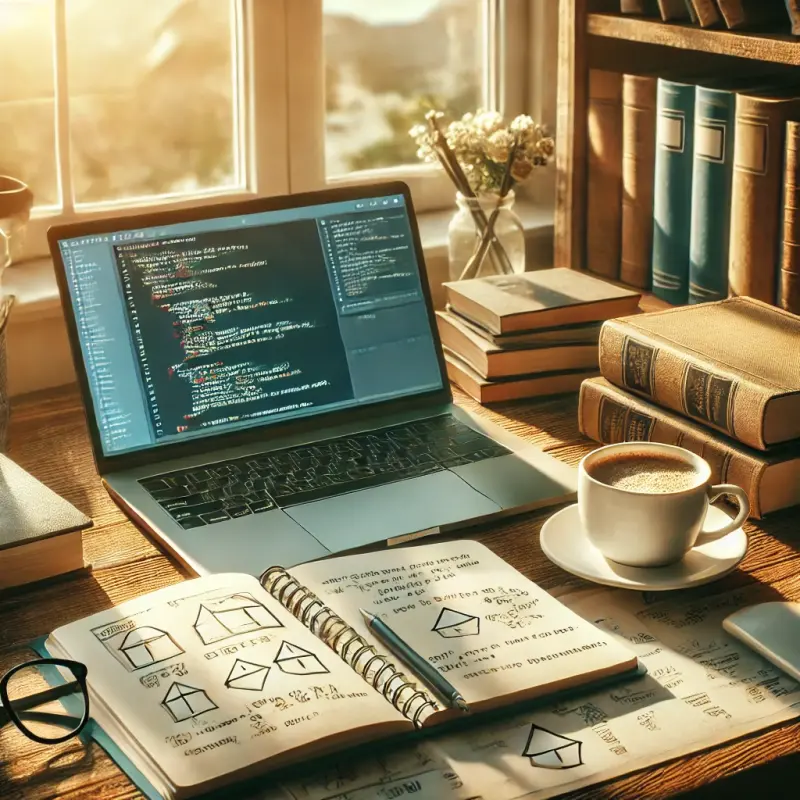Self-education through practical experience represents a profound shift from traditional classroom learning towards a more dynamic, hands-on approach. As learners across the globe seek to enhance their skills and knowledge, the ability to teach oneself through practice becomes increasingly essential. This article delves into the fundamentals of learning through practice, offering insights into how you can apply these principles to accelerate your educational journey.
The Essence of Practical Experience
Learning through practical experience, or experiential learning, involves engaging directly with the materials and scenarios relevant to the subject matter rather than passively absorbing information. This method relies heavily on activities like experiments, real-world problem solving, and projects that require active engagement. The core idea is that deeper understanding and retention occur when individuals not only encounter information but also use it in meaningful ways.
The educational theorist David Kolb emphasized that experiential learning is more than just doing. It involves a cycle where concrete experiences lead to reflective observations, which are then assimilated into abstract concepts that can be actively tested in new situations. This cyclical process ensures that learning is an ongoing, evolving activity that adapts as the learner's understanding deepens.
Starting with Self-Assessment
Before embarking on a journey of self-education through practice, it's vital to conduct a thorough self-assessment. This evaluation should consider your current knowledge base, skills, and learning preferences. Understanding where you stand helps in setting realistic goals and choosing projects that align with your learning objectives.
For example, if you aim to enhance your web development skills, begin by assessing your proficiency in different programming languages, understanding of design principles, and familiarity with necessary tools. This initial step allows you to pinpoint areas for improvement and select practical tasks that will genuinely augment your skill set.
Crafting a Learning Plan
With a clear understanding of your starting point, the next step is to craft a personalized learning plan. This plan should outline specific goals, the resources you'll use, and the projects or activities you will undertake. It's crucial to include a timeline that not only sets milestones but also allocates time for reflection and adjustment of strategies based on your progress.
A learning plan might look something like this for an aspiring graphic designer: start by mastering basic design principles through online tutorials, then apply these principles in designing logos for hypothetical businesses, followed by seeking feedback from established designers.
Engaging in Deliberate Practice
Deliberate practice is a key component of learning through practical experience. It entails focused, goal-oriented practice activities designed to address specific areas of improvement. Unlike passive learning, deliberate practice requires intense mental effort and is often less enjoyable because it targets areas of weakness.
For instance, a musician learning a new piece would not merely play through it start to finish repeatedly. Instead, they would focus on difficult passages, slowing down to ensure accuracy and consistency. This targeted practice helps in overcoming specific hurdles and enhancing overall performance.
Learning from Mistakes
An integral part of learning through practice is making mistakes and learning from them. In a safe and controlled environment, mistakes are not just acceptable; they are necessary. Each error provides unique insights into processes and outcomes, offering opportunities to learn and adjust.
By embracing mistakes as learning opportunities, you cultivate a growth mindset that values progress over perfection. This mindset is crucial for anyone seeking to learn effectively on their own through practice, as it encourages resilience and persistence in the face of challenges.
 \
\